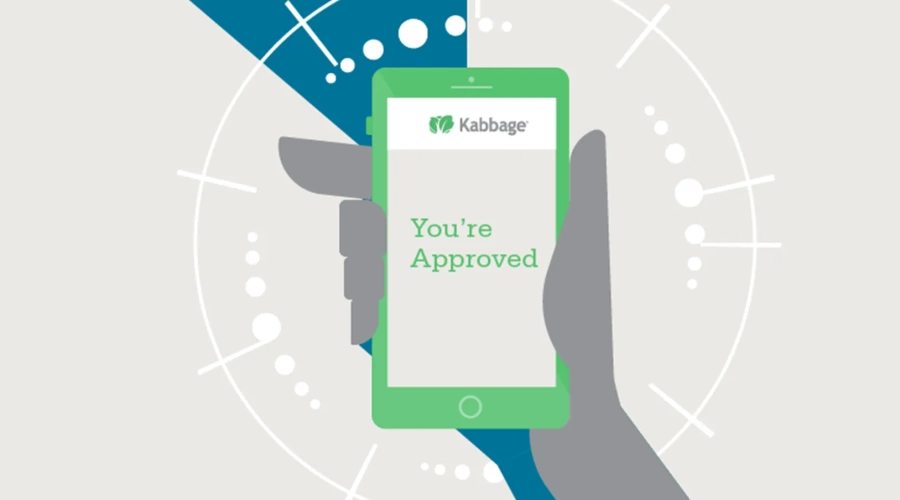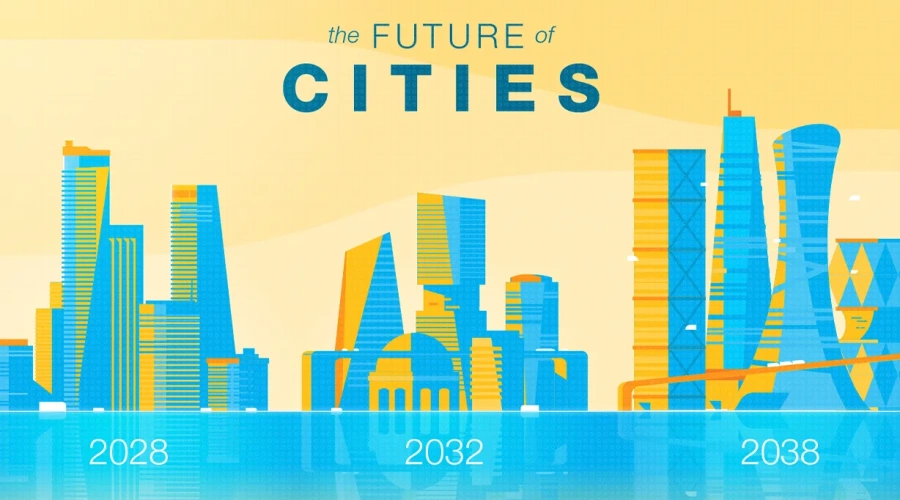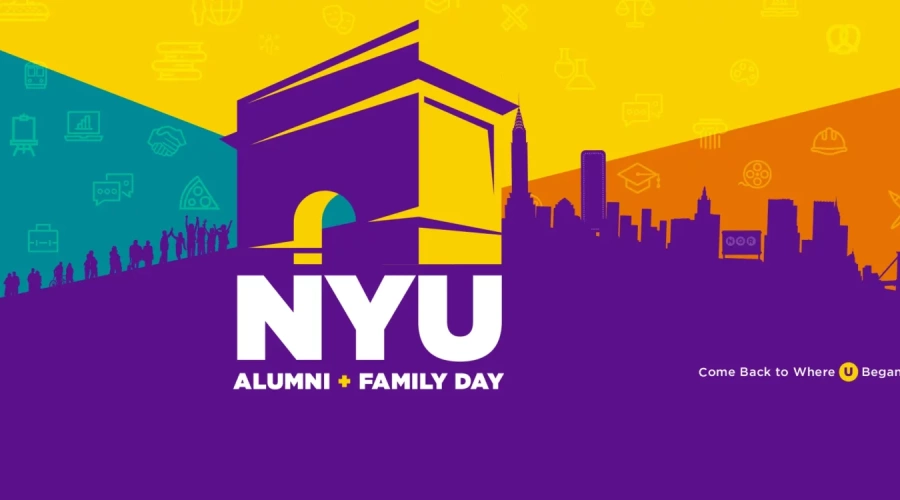
HR Communications Tech
Audience segmentation and automatic translations for an international leasing company
We built a system that lets our client control who sees what content, so each employee gets only the information they need. As well as a super cool AI translation feature for Spanish, so even non-English speakers could get the latest updates hassle-free.
Note: Images shown are not from the project referenced. The referenced project is confidential.
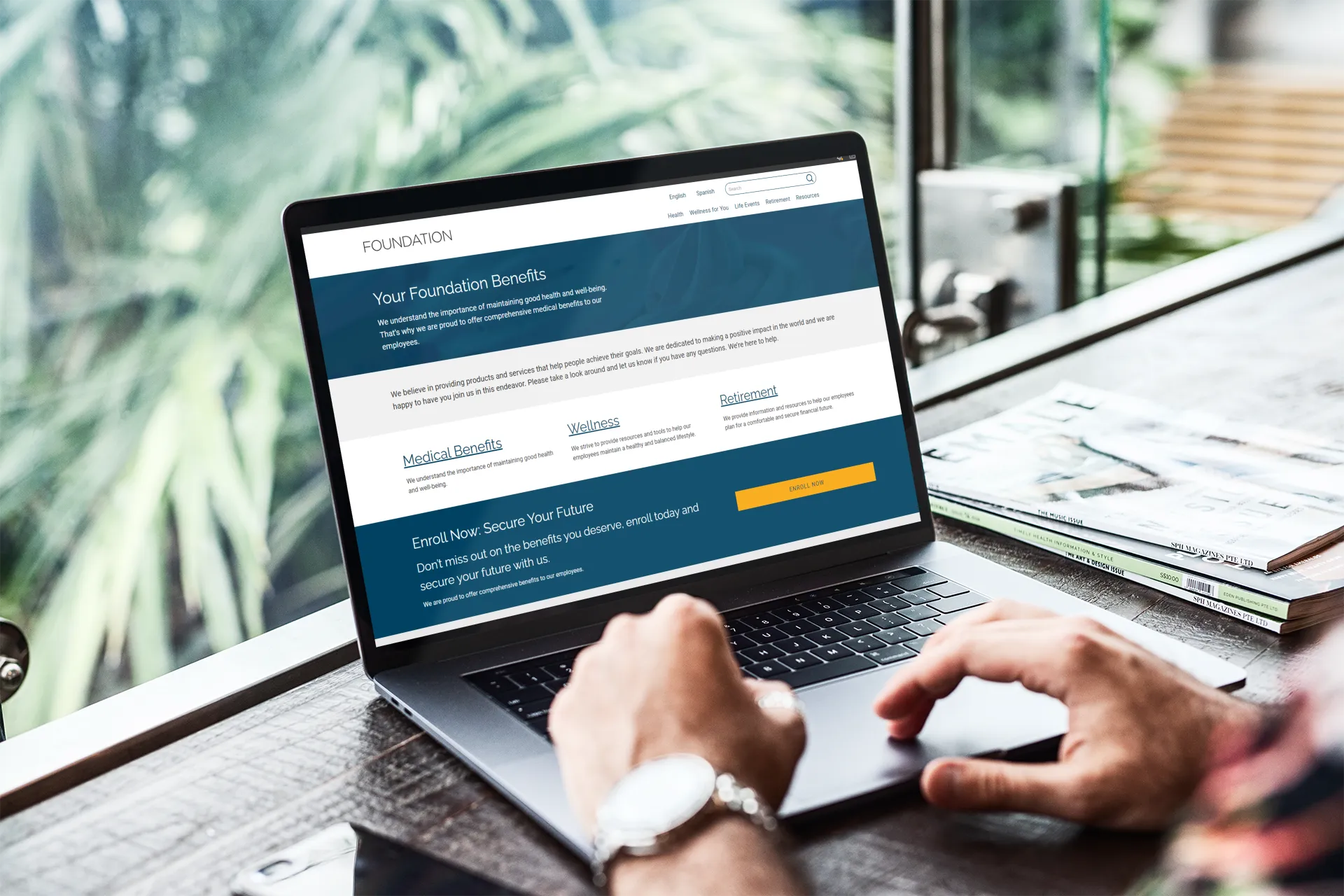
Challenge 1:
Audience Segmentation
This client has over 10,000 employees divided into multiple divisions based on job descriptions, locations, and managerial levels. Each group needs access to different benefits info, which makes creating a single HR resources and benefits microsite for their entire employee population quite complex.
To make it work, they needed a microsite that could serve up customized content to each employee group. A standard, static site or even one with a basic CMS wouldn’t cut it. They needed an easy-to-manage site where they could ensure that employees from one group couldn’t see content intended for another group. To add additional complexity, some employees belong to multiple groups.
Solution 1:
Map out employee groups and their identifying variables
Our first challenge was to come up with a way to categorize employees by group, that would makes sense for both the IT and HR departments. They had different ways of labeling employees, we had to map out the right identifiers their personnel data that would ensure the correct content would be delivered to he correct users. It required close collaboration with both departments and involved a deep dive into their business model to understand organizational roles and what information would be pertinent to each role at each location, before an analysis of sample data to complete the process. Once these were set, we could develop a way to parse single sign-on (SSO) data so that on log-in, the microsite could correctly identify each employee by group.
Solution 2:
Granular control over content visibility
Next, we tackled customizing the content for the different employee groups. We developed a system that let our client control what content each group can see. This “audience visibility” feature, allowed content managers to assign entire pages or just sections of content within pages to specific groups only. Now a single page could serve multiple groups if they used this feature to target sections of the content.
Once an employee logged in via SSO the microsite could identify which groups or groups they belonged to, and display the content tagged as “visible” for their group. So, no more confusion or irrelevant content for employees!

If you want to read more about this kind of content customization, check out our related Blog post: Streamline Employee Access to Benefits Information with Customized Content

Solution 3:
Segmented enhanced search results
Giving our client such granular control over the visibility of the content meant that we had to make sure that search results also respected the content visibility settings. We didn’t want the wrong content turning up in search results. Adding some complexity was the fact that the microsite would be utilizing our enhanced search micro-service.
With our enhanced search it was already possible to display results specific to a group. Now, having developed the capability for a single page to hold content for multiple groups while displaying only certain sections of content to each group, we added new capabilities to support this. We expanded search to be able to create separate unique page indices for a single page, each containing only relevant content blocks for one group at a time. Since the microsite knows which group each employee belongs to as soon as they log in, the search feature could filter the results automatically, serving up the correct, most relevant content for each employee group every time.
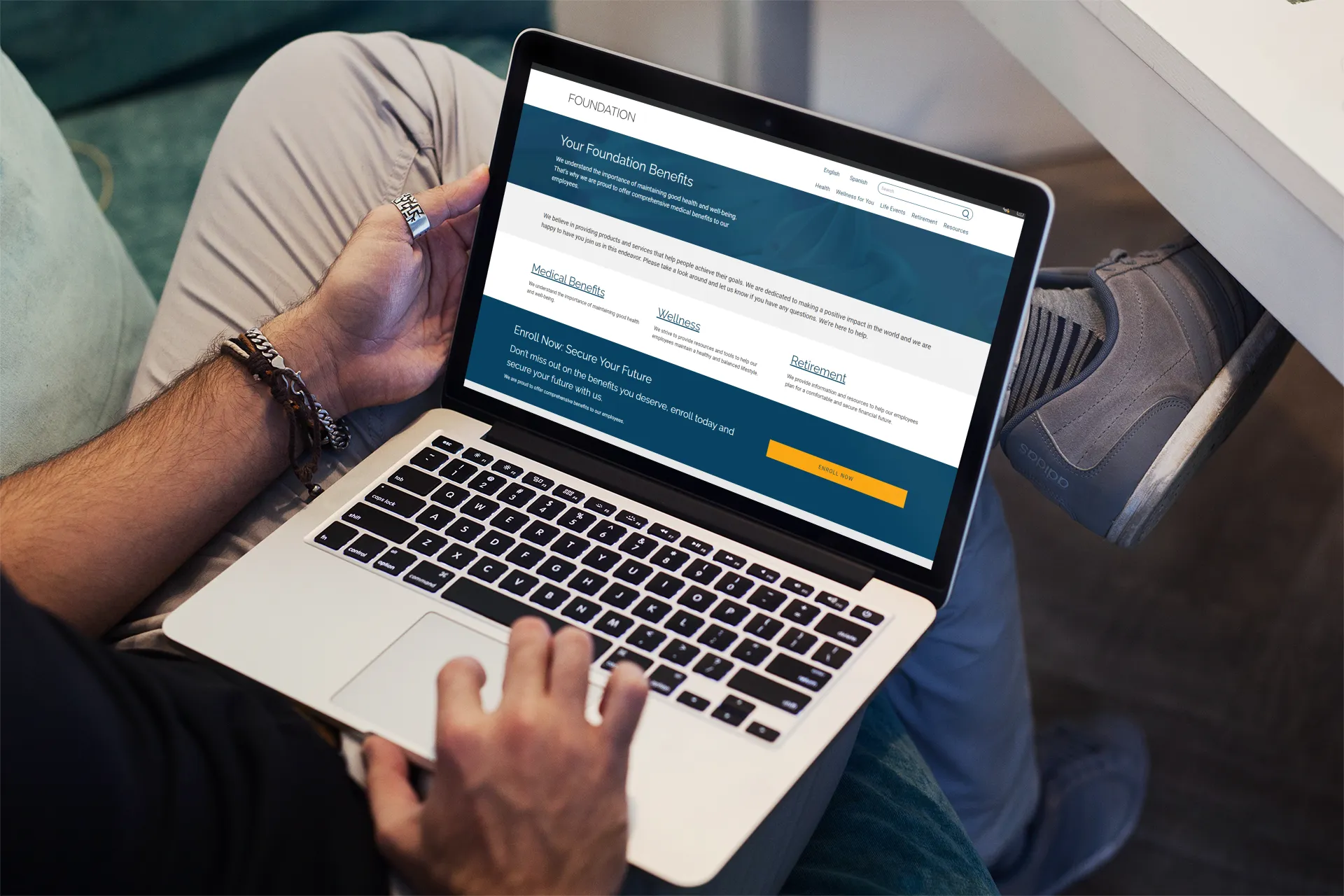
Challenge 2: Content Translations
Another challenge we faced on this microsite was maintaining multiple language translations. Before we built this microsite, our client was manually updating the Spanish content on their microsite, a difficult task considering how vast the content was and often they updated the English content. This often resulted in the Spanish information becoming out-dated, which put some employees at a disadvantage. Additionally, for all translations, the client would send their content out to a translation firm which was expensive and added delays.
Solution 4: Auto-generated translations using AI
Our solution was to incorporate a neural machine translation service that enabled our client to translate any page with the click of a button rather than sending the content out to the translation firm. Our service uses AI to automatically translate languages in a more accurate and natural way than Google can. Now, whenever editors updated content, they could just hit the “translate” button, which would send the content off for translation and within seconds deliver the final product. Additionally since we know that no auto-generated translation is ever perfect, our client could also take advantage of the tool’s features to make specific changes necessary for the correct nuance.
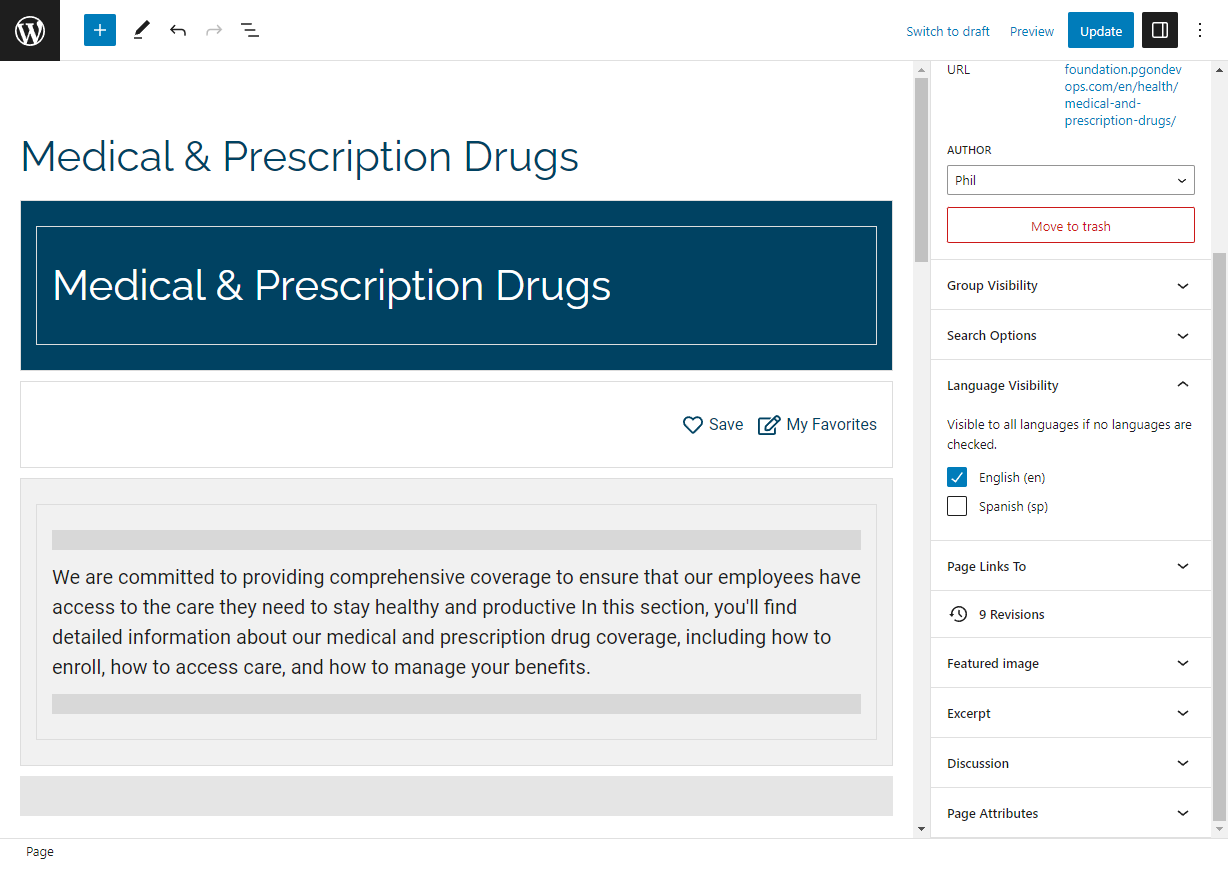
Conclusion
We resolved some significant pain points for this client’s HR and benefits microsite, delivering technology that works better and is very user-friendly. To do this we created a system that gave them precise control over who saw what content, so that each employee only got the info that mattered to them, even in the search results, plus we made sure everyone had equitable access to the information they needed, regardless of whether they were native English or Spanish speakers.


